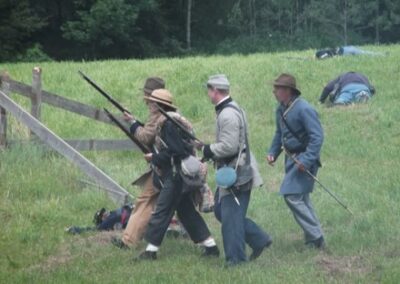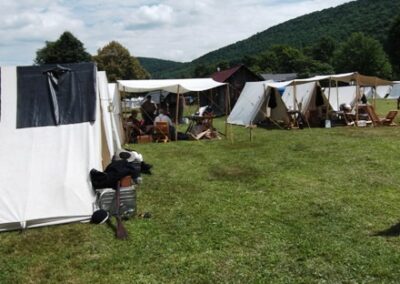
An ode to the horse

The following remembrance , written by George D. Taylor in his 1950 memoir “These Hills are not Barren,” is full of affection and admiration for the animal that kept things running on the family farm before the advent of the tractor. A three-horse team is shown working on the Townsend farm in Bragg Hollow, Halcottsville in this photo from the collection of the late Bernice Spielman. Can anyone explain this piece of equipment?
Born and raised long before the advent of gasoline locomotion, I grew up among horses.
To put it more precisely, I grew up here because of horses. Because, except for them, there would have been no farm to grow up on. It would have been merely a tract of land. In the fairly recent days of my growing up, it was still the horse who provided all the facilities of locomotion for our livelihood and our life. He hauled the stoneboat and the log sled and the sap vat. He drew the plow and the harrow, the seed drill and the planter, the mower and the binder. He evenwalked uphill all day long on the old treadmill to make power for threshing, and for silo filling and wood sawing.
He took us to mill and to market, to church and to school. He brought the doctor to our birth bed in a hurry, and he walked sedately and slowly ahead of the hearse which carried our bodies to the grave. He plunged desperately through the snow up to his ears, on zero winter
days, to deliver his load and his master; and, drenched with sweat from ear tip to fetlock on busy, hot summer days, he stuck to his job till sundown.
He took all the kids on sleigh rides and hay rides. And last, but surely not least, he took his young master courting in the evening dusk; and if, perchance there came a signal to stop in a secluded byway, he stood complacently with his eyes straight ahead, either wise or incurious-or
perhaps both.












